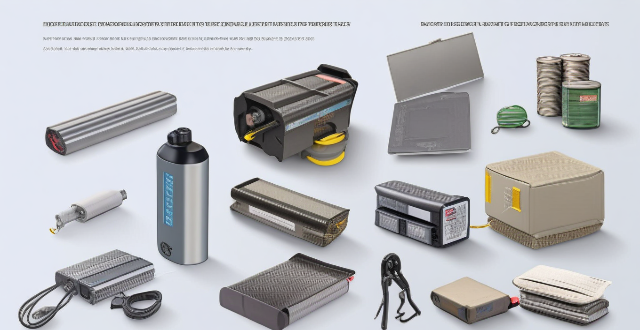Lead-acid batteries are commonly used in various applications, including vehicles, uninterruptible power supplies (UPS), and renewable energy storage systems. The lifespan of a lead-acid battery depends on several factors, such as its type, usage, and maintenance. In this article, we will discuss the typical lifespan of lead-acid batteries and provide tips for extending their service life.

How Long Does a Lead-Acid Battery Last?
Lead-acid batteries are commonly used in various applications, including vehicles, uninterruptible power supplies (UPS), and renewable energy storage systems. The lifespan of a lead-acid battery depends on several factors, such as its type, usage, and maintenance. In this article, we will discuss the typical lifespan of lead-acid batteries and provide tips for extending their service life.
Types of Lead-Acid Batteries
There are two main types of lead-acid batteries: starting, lighting, and ignition (SLI) batteries and deep cycle batteries. SLI batteries are designed to provide short bursts of high power for starting engines and running vehicle electronics. Deep cycle batteries, on the other hand, are designed to provide continuous power over extended periods of time.
Typical Lifespan of Lead-Acid Batteries
Starting, Lighting, and Ignition (SLI) Batteries
The average lifespan of an SLI battery is around 3-5 years under normal driving conditions. However, factors such as extreme temperatures, frequent short trips, and excessive use of vehicle accessories can shorten the battery's lifespan.
Deep Cycle Batteries
Deep cycle batteries have a longer lifespan than SLI batteries, typically lasting between 5-8 years under normal operating conditions. Proper maintenance and regular charging can help extend the lifespan of deep cycle batteries even further.
Tips for Extending the Lifespan of Lead-Acid Batteries
1. Proper Maintenance: Regularly check the battery's electrolyte levels and top off with distilled water if necessary. Clean the terminals and cable connections to prevent corrosion.
2. Avoid Overcharging: Overcharging can damage the battery's plates and reduce its overall lifespan. Use a charger with automatic voltage regulation to prevent overcharging.
3. Avoid Deep Discharges: Deep discharges can also damage the battery's plates and reduce its lifespan. Try to avoid discharging the battery below 20% of its capacity.
4. Store in a Cool, Dry Place: High temperatures and humidity can accelerate the aging process of lead-acid batteries. Store your battery in a cool, dry place when not in use.
5. Regularly Test Battery Performance: Test your battery's performance regularly using a hydrometer or battery tester. This will help you identify any issues early on and take corrective action before they become major problems.
In conclusion, the lifespan of a lead-acid battery depends on several factors, including its type, usage, and maintenance. By following the tips outlined above, you can extend the service life of your lead-acid battery and ensure it performs reliably for many years to come.